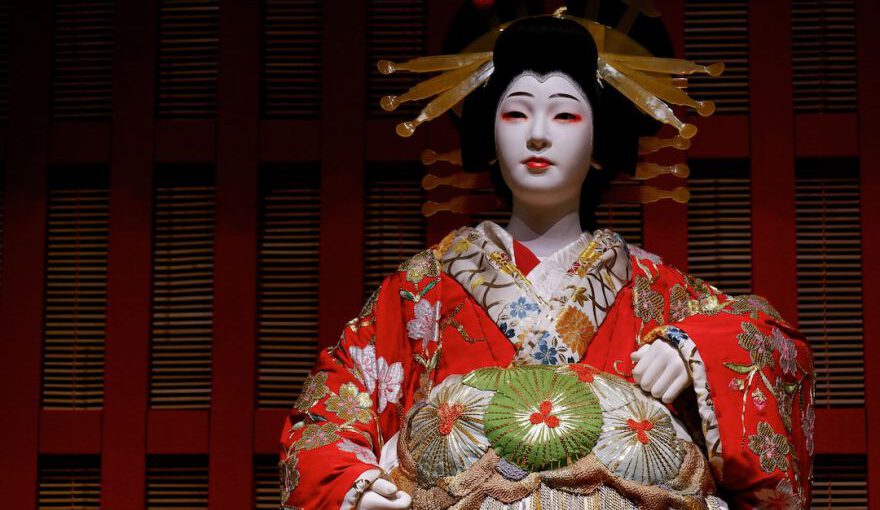Kabuki theatre is a highly esteemed form of traditional Japanese performing arts that dates back to the early 17th century. It is characterized by its vibrant costumes, stylized makeup, and exaggerated movements. Kabuki is renowned for its unique blend of drama, dance, and music, making it one of the most captivating theatrical experiences in Japan.
Originating in the bustling streets of Kyoto and Edo (now Tokyo), Kabuki quickly gained popularity among the common people. Its roots can be traced back to traditional Japanese dance-drama, but it soon evolved into a distinct art form. Kabuki performances were initially performed by female actors, but due to their growing popularity, they were eventually banned in 1629. Since then, all the roles, including those of female characters, have been played by male actors known as onnagata.
Kabuki theatre is known for its elaborate costumes that are meticulously designed to reflect the character’s personality and status. These costumes are often adorned with vibrant colors, intricate patterns, and luxurious fabrics. The makeup used in Kabuki is also highly stylized, with actors applying white powder to their faces to create a mask-like effect. This technique helps to emphasize facial expressions and emotions, making the characters more visually striking.
In addition to the visual aspects, Kabuki performances are accompanied by a live orchestra known as the hayashi. The hayashi consists of traditional Japanese instruments such as drums, flutes, and stringed instruments, which add depth and intensity to the overall performance. The music played during Kabuki varies depending on the scene, ranging from melodic and soothing tunes to fast-paced and energetic rhythms.
One of the distinctive features of Kabuki theatre is its exaggerated movements, known as mie. These dramatic poses are designed to convey intense emotions and are often held for a significant amount of time. The actors’ ability to hold these poses with precision and grace is a testament to their skill and training. The mie is often accompanied by a loud shout, known as kakegoe, which further enhances the dramatic effect.
Kabuki performances typically consist of a series of acts, each telling a different story. These stories can be historical dramas, romantic tales, or even supernatural adventures. The themes explored in Kabuki often reflect the values and traditions of Japanese society, making it an important cultural medium for preserving and showcasing Japanese heritage.
Over the years, Kabuki has evolved and adapted to the changing tastes and preferences of its audience. Modern Kabuki performances incorporate elements of contemporary theater, such as innovative stage designs and multimedia effects. Despite these changes, Kabuki remains rooted in tradition, continuing to captivate audiences with its timeless tales and mesmerizing performances.
In conclusion, Kabuki theatre is a unique and captivating art form that has captivated audiences for centuries. Its vibrant costumes, stylized makeup, and exaggerated movements bring the characters and stories to life in a way that is both visually stunning and emotionally engaging. Kabuki is not just a form of entertainment; it is a cultural treasure that reflects the rich history and traditions of Japan.





